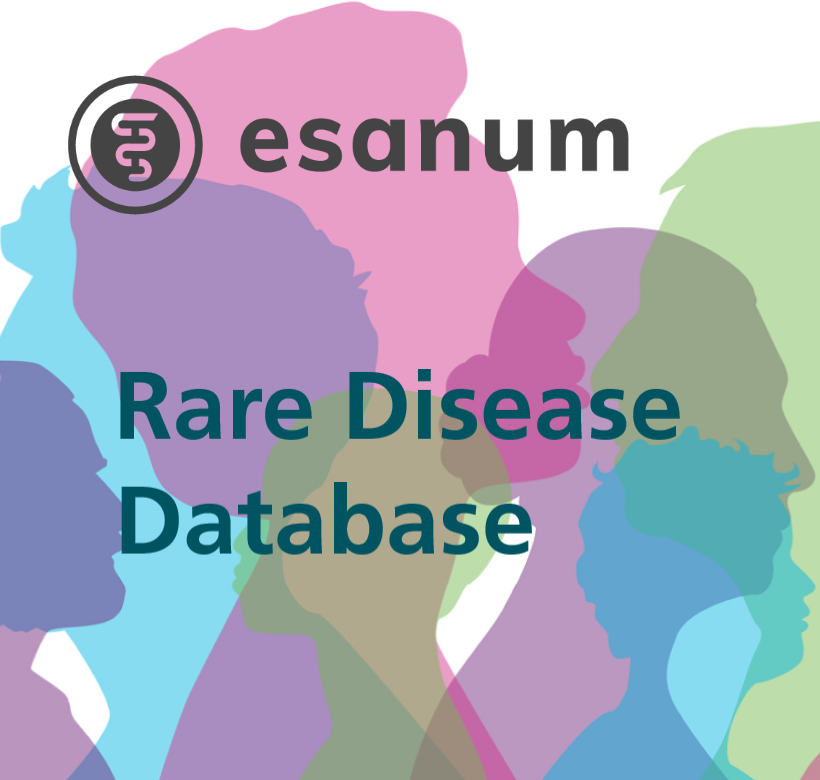- Lang, Gerhard K. et al.: 2015Augenheilkunde essentialsDOI: 10.1055/b-0035-118096, 8 Linse, 8.7 Lageveränderungen der Linse (Subluxatio und Luxatio lentis)
- Chen T. et al. (2021). Visual outcomes of lens subluxation surgery with Cionni modified capsular tension rings in Marfan syndrome. Scientific Reports 11 (1):2994.
- Wasielica-Poslednik J. et al. (2017). Influence of Corneal Opacity on Intraocular Pressure Assessment in Patients with Lysosomal Storage Diseases. PloS ONE 12(1):e0168698.
- https://webeye.ophth.uiowa.edu/eyeforum/atlas/pages/Verticillata/index.htm
- Jean G. Bustamante; Syed Rafay H. Zaidi. (2022). Amyloidosis. StatPearls.
- Minnella A. M. et al. (2021). Ocular Involvement in Hereditary Amyloidosis. Genes (Basel). 2021 Jun 22;12(7):955.
- Chen Q. et al. (2020). Pseudotumour Cerebri Syndrome in China: A Cohort Study. Sci Rep 10, 1222 (2020).
- Chan W. et al. (2011). Acute disseminated encephalomyelitis associated with optic neuritis and marked peri-papillary hemorrhages. Eye 25, 1658–1659 (2011).
These signs on the eye may indicate a rare disease
Rare diseases are often diagnosed late. Collaboration between disciplines can help to refer affected individuals for possible therapy.
Warning signs for rare diseases in ophthalmology
A well-known example of the first signs of a systemic disease in the eyes is neuromyelitis optica in multiple sclerosis. But there are many more rare diseases for which a deep look into the eyes is almost sufficient to make a diagnosis.
These include Marfan syndrome, Weill-Marchesani syndrome, homocystinuria (HCU), Ehlers-Danlos syndrome, hyperlysinaemia, sulfite oxidase deficiency and Stickler syndrome. They all have the following warning sign in common: (⚠)
⚠: loose zonular fibres or subluxation of the lens in slit lamp biomicroscopy1

Figure 1: Subluxation of the lens in slit lamp biomicroscopy2
Lysosomal storage disease
The multi-organ Fabry disease can also be noticeable through its very special appearance in the eye:
⚠: Cornea verticillata (a.k.a. vortex keratopathy) in the cornea of young patients. The corneal deposits appear to rotate outwards from a central point in the shape of a spoke or rod wheel inferior to the pupil.
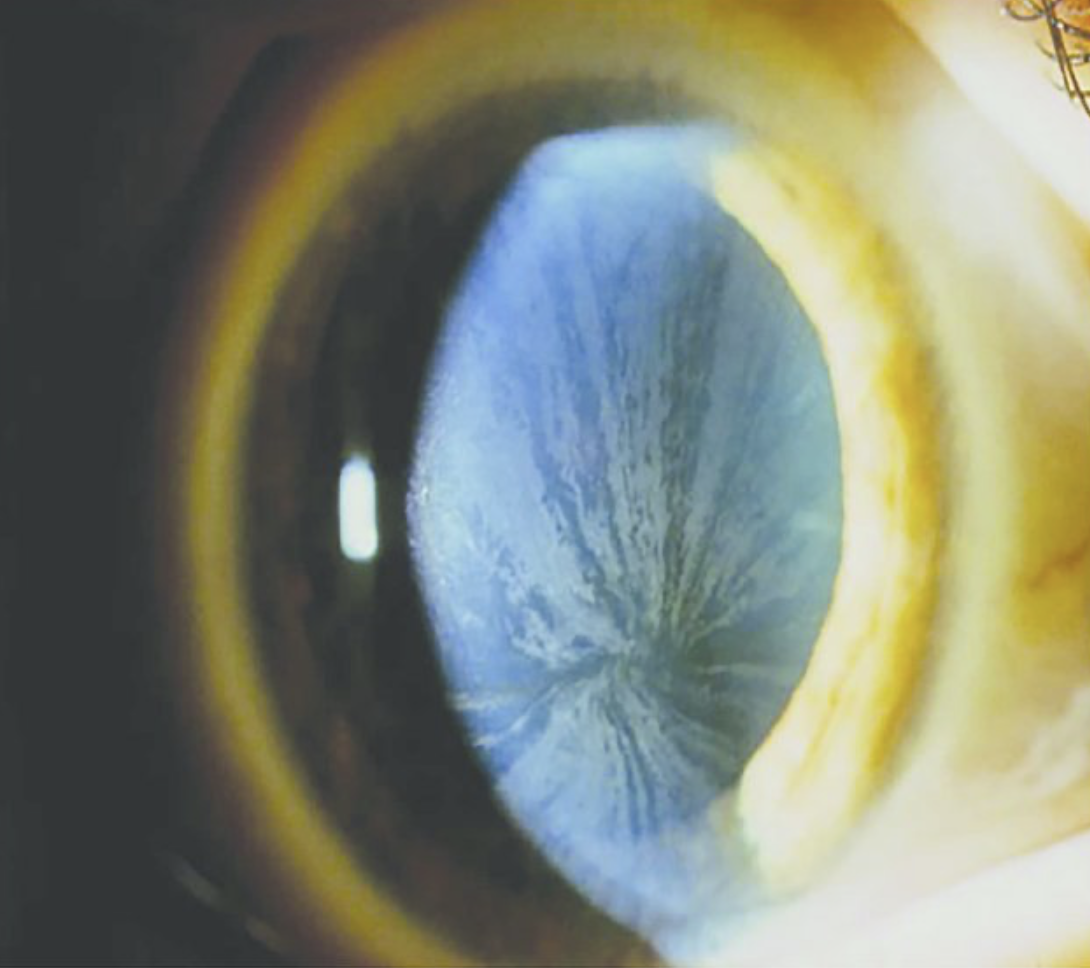
Figure 2: Grade III cornea verticillata in Fabry disease3
An important differential diagnosis is the use of amiodarone, chloroquine, hydroxychloroquine, indomethacin or phenothiazine. These drugs can also lead to cornea verticillata.4
Amyloidosis
Amyloidosis is a congenital or also acquired heterogeneous disease characterised by abnormal deposits of fibrillar protein aggregates in the form of beta sheets in various tissues.5 Here too, there are some abnormalities in the area of the eyes.
⚠: Retrolental vitreous amyloid opacities.
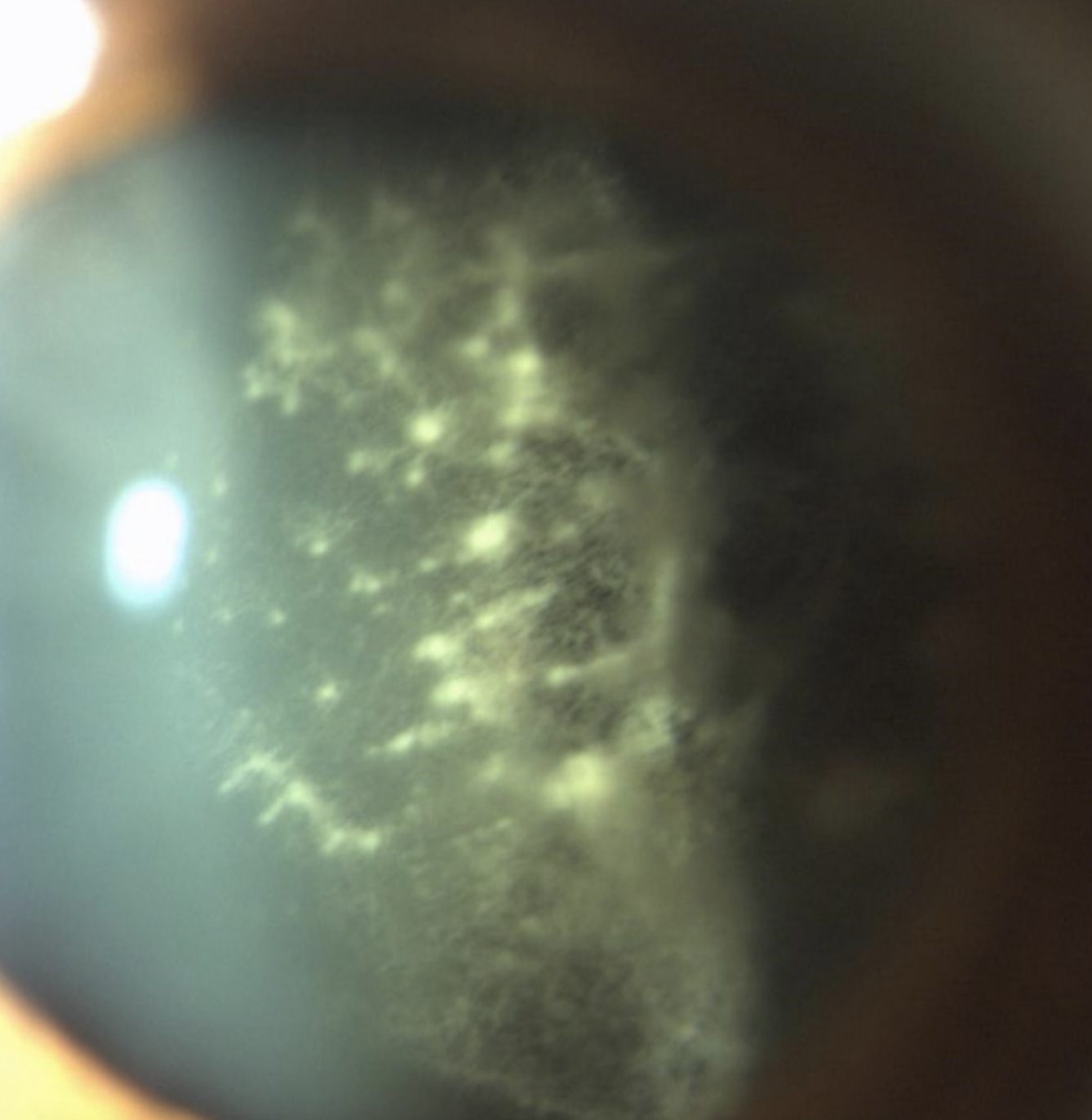
Figure 3a: Classic appearance of retrolental vitreous amyloid opacities6
Slit lamp examination of patients with amyloidosis may reveal the following pathognomonic sign:
⚠: Pupillary indentation due to amyloid deposits on the inner pupillary rim.
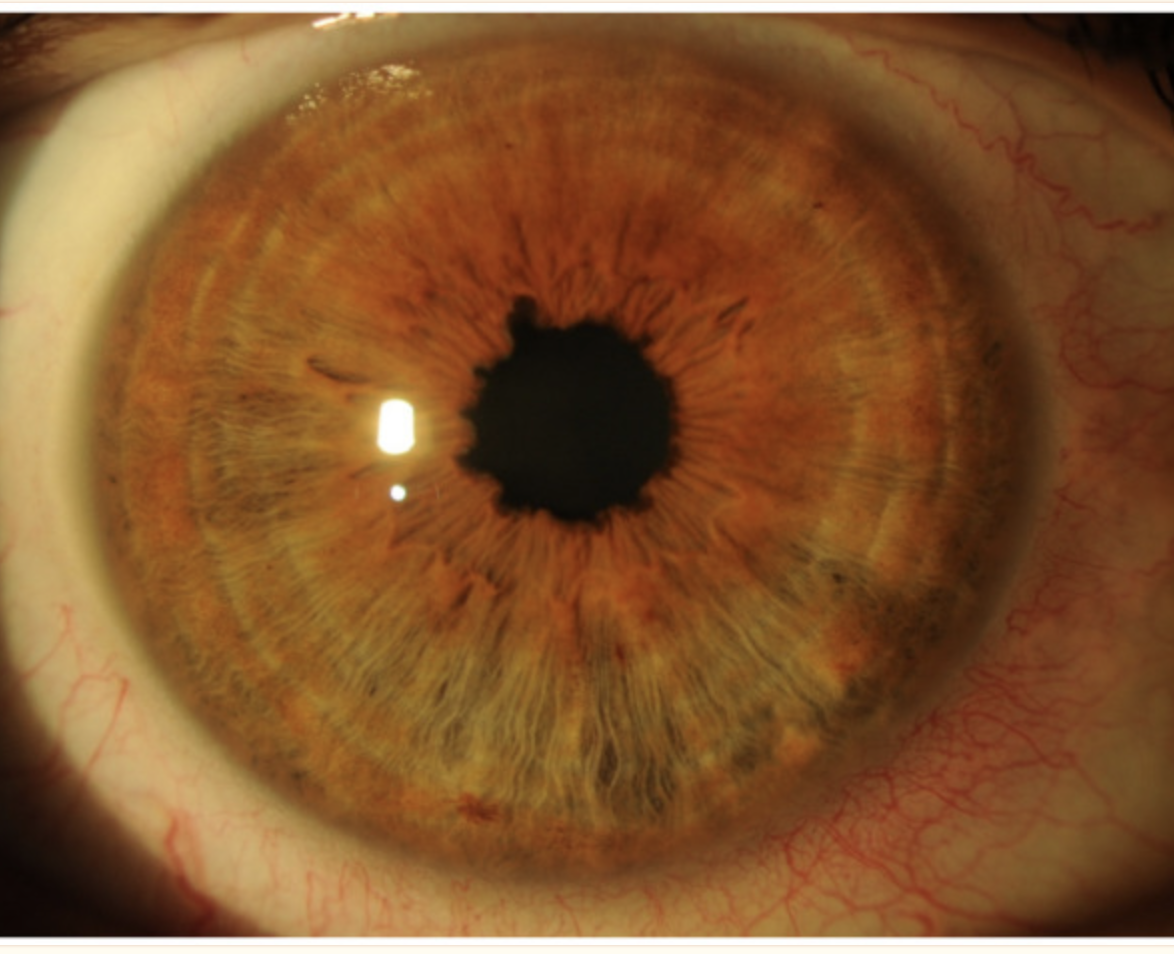
Figure 3b: Pupillary Indentation6
A closer look at the cornea of some patients with amyloidosis can reveal a very special corneal dystrophy:
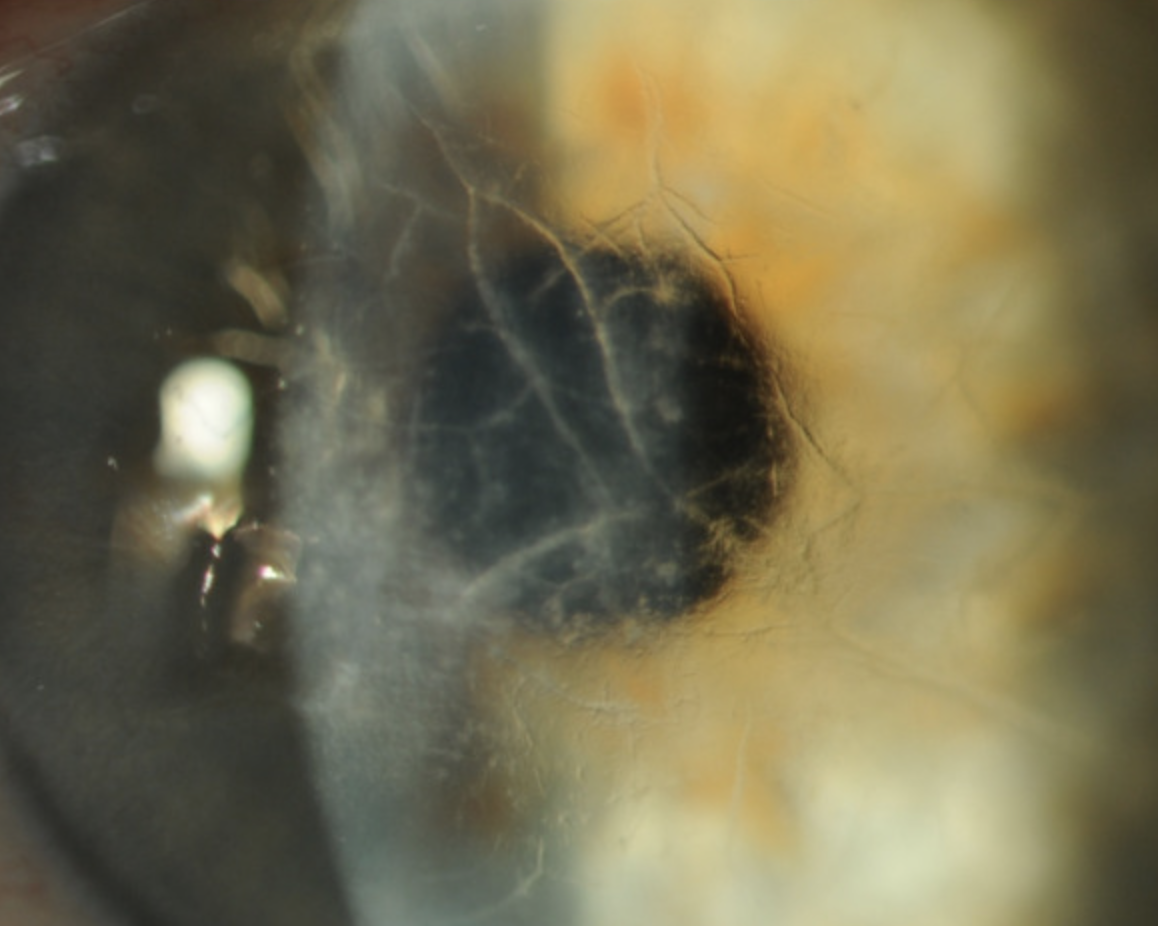
Figure 4: Lattive corneal dystrophy patients with amyloidosis6
Idiopathic intracranial hypertension (IIH)
IIH (formerly pseudotumour cerebri) is a rare disease that ophthalmologists have frequently had the pleasure of diagnosing in their clinical practice. The ophthalmological examination reveals.
⚠: A bilateral papilledema.
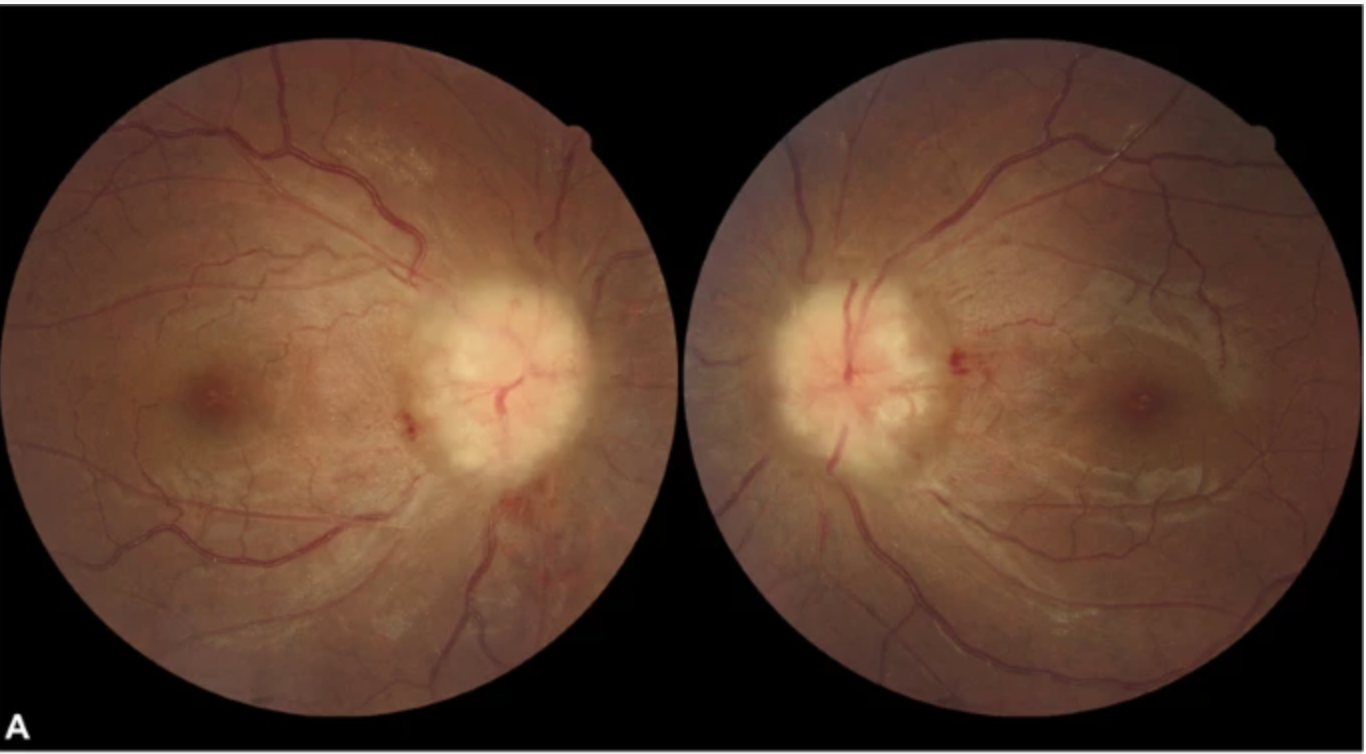
Figure 5a: Bilateral papilledema7
However, IIH is not the only condition that can be associated with papilledema. In addition to multiple sclerosis, there is another rare condition:
Acute Disseminated Encephalomyelitis (ADEM)
ADEM is similar to multiple sclerosis. It typically occurs in children. ADEM is thought to have an underlying autoimmune, demyelinating aetiology.
⚠: A bilateral papilledema.
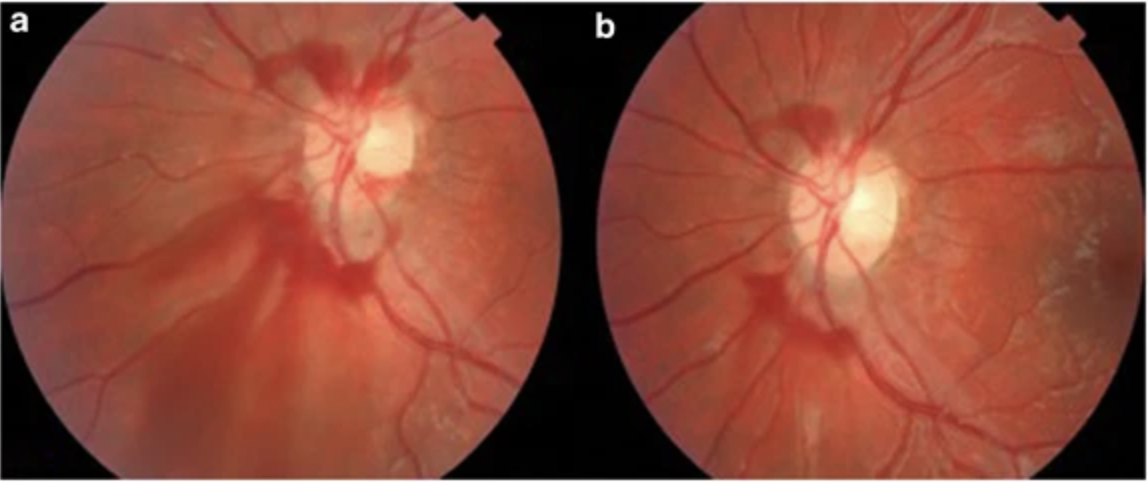
Figure 5b: Bilateral papilledema with peripapillary haemorrhages8
References:
Rare Disease Day
